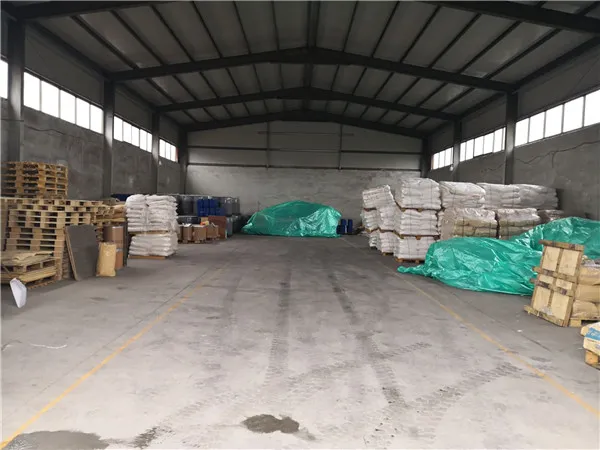Chemical Dosing for Water Treatment Ensuring Safe and Clean Water
Water is an essential resource for life, and its quality is critical for health, the environment, and industrial applications. In water treatment facilities around the world, chemical dosing plays a pivotal role in ensuring that water is safe and clean for consumption and use. This article discusses the importance of chemical dosing in water treatment, the types of chemicals used, the factors influencing dosing decisions, and the methods employed for precise chemical application.
The Importance of Chemical Dosing
Chemical dosing refers to the controlled addition of various chemicals to water to alter its properties, remove contaminants, or enhance its quality. Depending on the treatment goals, this can include disinfection, coagulation, flocculation, pH adjustment, and corrosion control. For instance, chlorine is commonly used for disinfection, while aluminum sulfate (alum) is often employed in the coagulation process to remove suspended particles and turbidity.
Effective chemical dosing is essential for
1. Public Health Ensuring safe drinking water by eliminating pathogens, harmful chemicals, and impurities that can cause health issues. 2. Environmental Protection Reducing pollutants before releasing treated water back into natural water bodies, thereby protecting aquatic ecosystems.
3. Regulatory Compliance Meeting stringent local and international water quality standards to ensure legal compliance and avoid penalties.
4. Operational Efficiency Enhancing the physical and chemical processes in water treatment plants, which can lead to cost savings and better resource management.
Types of Chemicals Used in Water Treatment
Chemical dosing involves a variety of substances, each selected based on its specific function
- Disinfectants Chemicals like chlorine, chloramine, and ozone are used to kill or inactivate microorganisms in water. Proper disinfection is paramount in preventing waterborne diseases.
- Coagulants Compounds such as aluminum sulfate and iron salts help aggregate suspended particles into larger clusters (flocs), which can then be removed from the water.
- pH Adjusters Acids (like sulfuric acid) and bases (like sodium hydroxide) are added to maintain optimal pH levels, which are crucial for efficient coagulation and disinfection.
- Corrosion Inhibitors Chemicals like phosphate compounds are used to prevent the corrosion of pipes and infrastructure, extending the lifespan of water distribution systems
.chemical dosing for water treatment

Factors Influencing Chemical Dosing
The efficiency and effectiveness of chemical dosing depend on several factors
1. Water Quality The initial quality of the water being treated (e.g., turbidity, organic matter content, pH level) influences the type and amount of chemicals required.
2. Treatment Goals The specific objectives of treatment (e.g., removing specific contaminants or achieving certain purity standards) dictate the appropriate dosing strategy.
3. Environmental Considerations Regulations may restrict the use of certain chemicals, necessitating alternative approaches that minimize ecological impact while still ensuring water quality.
4. Operational Conditions Seasonal variations, flow rates, and the presence of other contaminants can all affect the dosing rates required for effective treatment.
Methods for Precise Chemical Application
Accurate chemical dosing is crucial for effective water treatment, and several methods are employed to ensure precision
- Automatic Dosing Systems These systems use sophisticated sensors and controllers to monitor water quality parameters in real-time, automatically adjusting chemical doses as necessary.
- Batch Dosing In some cases, chemicals are added in defined amounts at specific intervals, allowing for control over the treatment process.
- Flow Proportional Dosing This method adjusts chemical injection rates based on the flow rate of the water, ensuring that appropriate volumes of treatment chemicals are used according to water demand.
Conclusion
Chemical dosing is a fundamental component of water treatment processes, ensuring the delivery of safe and clean water to communities, industries, and ecosystems. By effectively utilizing various chemicals for disinfection, coagulation, pH adjustment, and corrosion control, water treatment facilities can meet public health needs and regulatory standards. As water quality challenges evolve, ongoing research and technological advancements will be essential in optimizing chemical dosing practices, thus safeguarding our most precious resource—water.

